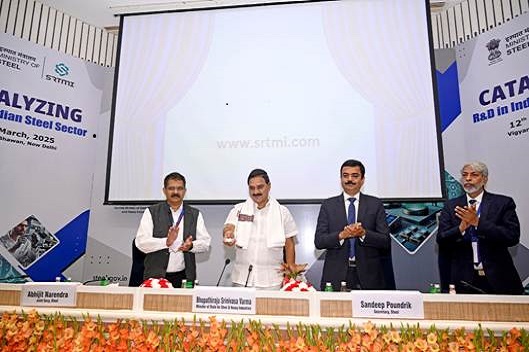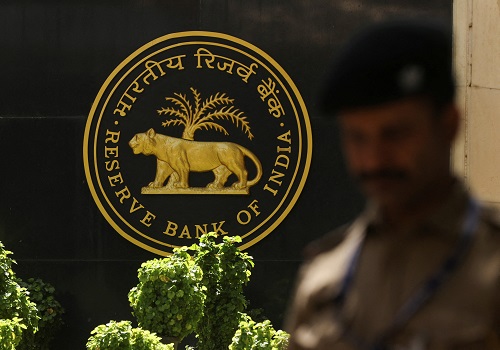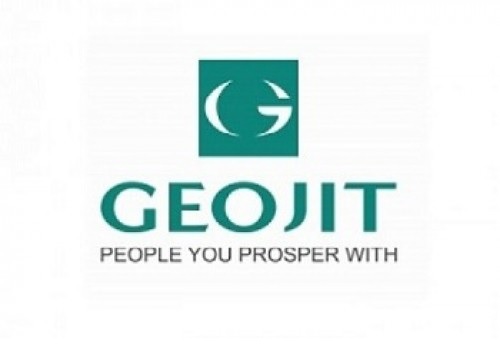Mandi Prices Dip Below MSP Amid Bumper Harvests Amit Gupta, Kedia Advisory

An article in the Reserve Bank of India's May Bulletin reveals that average mandi prices of major food crops—except wheat—are currently ruling below the Minimum Support Price (MSP) due to abundant kharif and rabi harvests. This trend, supported by proactive policy measures, is easing food inflation pressures and enhancing food security. Meanwhile, edible oil prices remain mixed, with sunflower, mustard, and soybean oils seeing increases. Vegetables like onions have seen price corrections, while tomatoes and potatoes have risen. Summer crop sowing has been robust, with paddy and moong acreage exceeding normal levels. The forecast for above-normal monsoon rains in 2025 further brightens the outlook for the upcoming kharif season.
Key Highlights
# Mandi prices of key food crops remain below MSP.
# Wheat is the only major crop trading above MSP.
# Edible oil prices rise; palm and groundnut ease.
# Summer sowing sees strong progress, surpassing last year.
# Above-normal monsoon forecast boosts kharif crop outlook.
The average mandi prices of major food crops, excluding wheat, are currently below the Minimum Support Price (MSP), according to a recent article published in the Reserve Bank of India’s May Bulletin. This trend reflects the impact of bumper kharif and rabi harvests and various government policy measures aimed at curbing food inflation.
The article highlights that high-frequency data from April 1 to May 19, 2025, shows broad-based price moderation in cereals and pulses. The central government determines MSPs for 23 crops, but actual procurement is limited mainly to wheat and rice for food security purposes. In contrast, wheat prices have remained above MSP, with states like Rajasthan and Madhya Pradesh offering bonuses of ?150–175 per quintal.
While food grains have witnessed price corrections, edible oils present a mixed picture. Prices of soybean, mustard, and sunflower oils continue to rise, whereas palm and groundnut oil prices have seen some softening. Vegetable price trends also vary, with onion prices correcting further, while tomato and potato prices are inching upwards.
On the sowing front, summer crops have shown promising progress. As of May 16, sowing of paddy and moong exceeded their respective full-season averages, indicating robust agricultural activity. Total summer acreage stood at 80.7 lakh hectares, up nearly 12% from the same time last year.
Adding to the optimism, the forecast of an above-normal monsoon (105% of LPA) and its early onset is expected to support a strong start to the upcoming kharif season. Fertilizer demand, particularly for non-phosphatic types, is also projected to rise.
Finally,
Overall, the combination of bumper harvests, robust sowing, and favorable monsoon forecasts paints a positive outlook for India’s agricultural sector and food price stability.
Above views are of the author and not of the website kindly read disclaimer




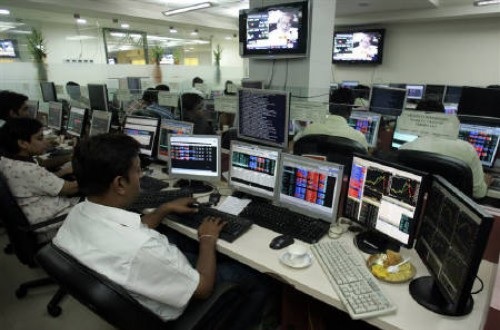




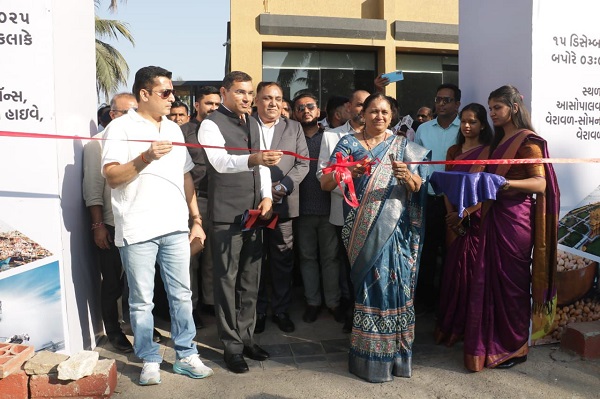
More News

Quote on Gold 14th Aug 2025 by Jateen Trivedi, VP Research Analyst - Commodity and Currency,...








